McLaren retains the form factor but shrinks the price, sending its 570S Coupe in to bat against the likes of the Porsche 911 Turbo, the Audi R8 and the Aston Martin Vantage.
WHAT IS IT? The 570S retains many of the basic themes from its big brother, the 650S, such as the 3.8-litre turbo V8 and the carbon fibre tub, but only shares around 10 percent of parts with it. In making the 570S more accessible, McLaren might just have built a better road car.
WHY WE’RE TESTING IT McLaren flew us to Portugal and presented us with a 570S and a clear run at the incredible Portimao race circuit. We’ve already had a look at the McLaren’s key rivals but were keen to know how the baby Brit would shape up at this lower price point.
MAIN RIVALS Aston Martin V12 Vantage, Audi R8 V10, Mercedes-AMG GT S, Porsche 911 Turbo S
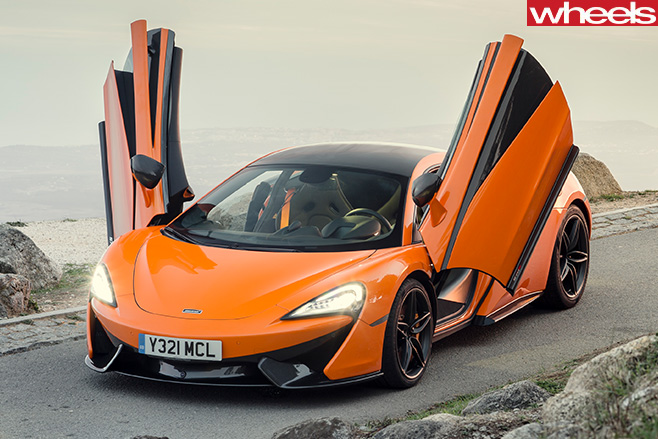
PLUS: Power, ride quality, playful handling, clever electronics, charisma, styling MINUS: Tuneless at low rpm, some flaky ergonomics, practicality, options pricing
THE WHEELS REVIEW ACCESSIBILITY is an ugly word when applied to supercars. It speaks of dumbing down, of expediency, of mealy mouthed compromise. Yet the McLaren 570S is spawned from this single criterion. Hailing from a company that lives for measurables, to be objectively superior to its rivals, the 570S initially comes across as a bit of an oddity.

The aggressive 675LT model was Corstorphine’s pet project, attracting almost universal praise for its personality and playfulness. The 570S is the first of McLaren’s so-called Sports Series, a line that will soon include the even cheaper 540C. It’s followed a similar development track to the 675LT; more human and less Ron-bot. In this instance, accessibility means building a road car with a little more bandwidth, a vehicle from which customers can get something without the need to drive at ten-tenths.
There’s a lot riding on it, too. McLaren currently builds about 1600 vehicles a year, but they hope this car is the catalyst to lift that towards 4000. It’s an interesting proposition, pitching into the Australian market at $379,000, largely because it brings the form factor of a supercar to the sports car sector. With its dihedral doors, lightweight carbonfibre tub and mid-engined silhouette, the 570S offers a sense of occasion that nothing else at this price point gets particularly close to.
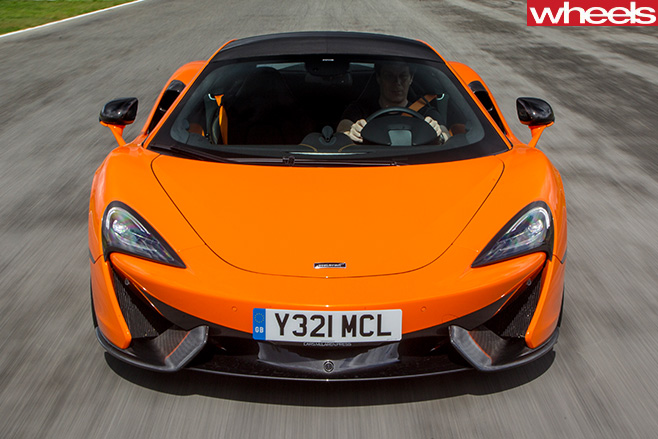
It’s a more complex, sensual shape, with intricately worked door ‘tendons’ and flying buttresses, styled by Rob Melville at McLaren’s Bond-villain lair. What’s clear is that the shape is sharply colour sensitive, with the signal orange and green cars working their curves a lot more effectively than the more muted tones, which can look slightly underwheeled.
In the name of accessibility, the sills of the 75kg carbonfibre chassis are lower and narrower, and there’s a notable cut-out in what McLaren calls the foot-swing area, making the car a whole lot easier to get in and out of. There’s also more headroom, 110mm added length in the tub, extra stowage areas around the cabin, five litres more space in the 144-litre front luggage bay, and the doors open wider. It also has the world’s feeblest cupholders – corner with any enthusiasm and your latte will rapidly reach exit velocity – and this also marks the first McLaren to feature vanity mirrors.
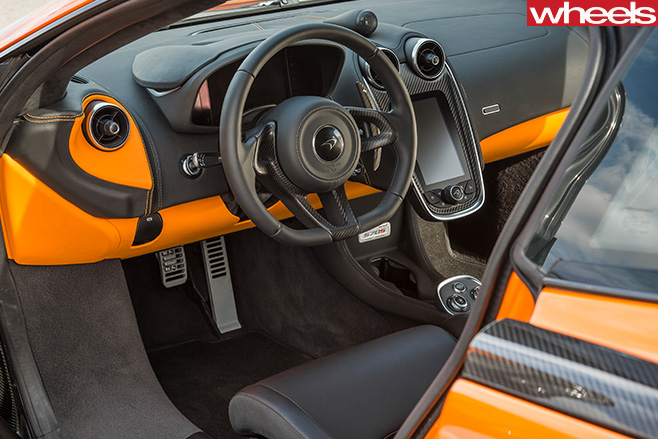
The interior offers a different architecture to the 650S, including a floating-panel IRIS infotainment system, with a few more direct access buttons so you don’t have to repeatedly wade through a labyrinthine menu system.
There are a few ergonomic glitches though. Grasp the thin-rimmed wheel and your hand will mask about a third of the IRIS screen, which is a bind when you’re quickly checking the nav, and the seatbelts aren’t height-adjustable, which will irk taller drivers. The materials quality is also somewhat hit-and-miss, with some scratchy plastics that McLaren would doubtless put down to its unerring commitment to lightness.
Prod the start button and there’s none of the theatrical flare of revs you get in a Lambo. The engine settles into a fairly tuneless blare while you sort out the settings on the centre console.
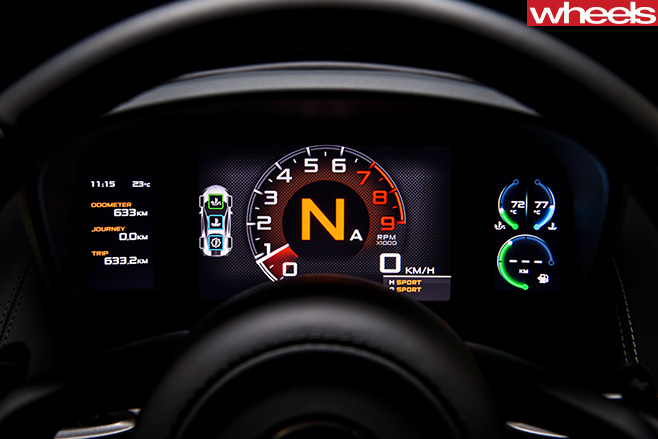
The stability control is independent of these modes; you can have it on, off or set to ESC Dynamic, which delivers a big enough order of fun to keep you on your toes. In other words, you will need to do both proper counter-steering and throttle management if you’re not to feel oafish. The sweet spot for fast road driving is tipped to be Sport mode for both powertrain and suspension, ESC in Dynamic, and your full attention engaged.
We’re at the challenging Portimao circuit in Portugal and first impressions are promising. Visibility is great, the steering features a good old-fashioned hydraulic element and feels all the better for it, and the pedal positioning is spot-on.
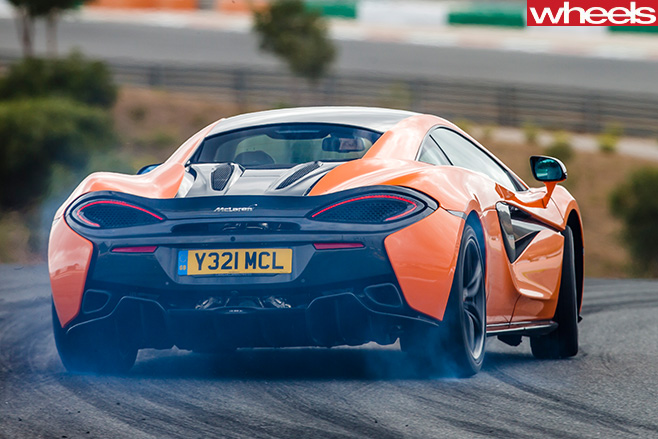
Peak power of 419kW arrives at 7400rpm and, while there’s not the 650’s berserk assault on the redline, pressing through the throttle pedal detent and plugging the 570S into that final grand on the tacho is a joyous experience. It sounds angry, extremely loud and, yes, huge fun. The equal-length exhaust manifolds reduce back-pressure and have made the high-end harmonics easier to tune. Overtake at maximum attack and you can see other drivers flinch as they’re assailed by a rolling cone of flat-plane fury.
While the ride doesn’t offer the extraordinary smoothness of the 650, by sports car standards it’s excellent in either Normal or Sport. Body control is agreeably solid, with just a couple of degrees of reassuring roll.
The tyres are an interesting choice, with 225/30/R19 Pirelli P Zeros up front – narrower than those on a Renault Megane RS 275 – and 285/30/R20s at the back.
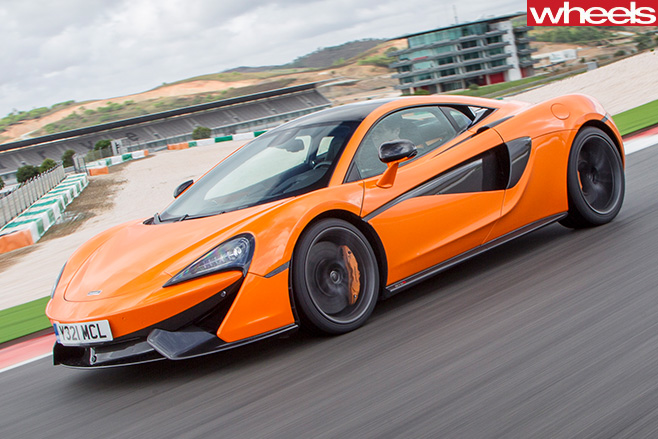
On track, it’s clear there’s a playful side to the car’s character. Without the aero advantage of its senior siblings, you need to manage the rear of the 570S when braking into corners. It’s notably lively and a good deal more exciting than you expect. In that regard, it feels more of a handful, but use that to your advantage and you can work with the car’s weight transfer. Portimao is like a tarmac rollercoaster, offering plenty of opportunity to set the McLaren’s tail swinging. You need to be quick with the steering because the car can be feisty when it does unload.
The large and tactile paddle-shifters swing with the wheel, which helps when punching out of a second-gear hairpin, short-shifting up to keep things tidy on exit. The carbon-ceramic brakes are mighty, with plenty of feedback, and you soon learn to drive around the centimetre or so of dead travel at the top of the action.
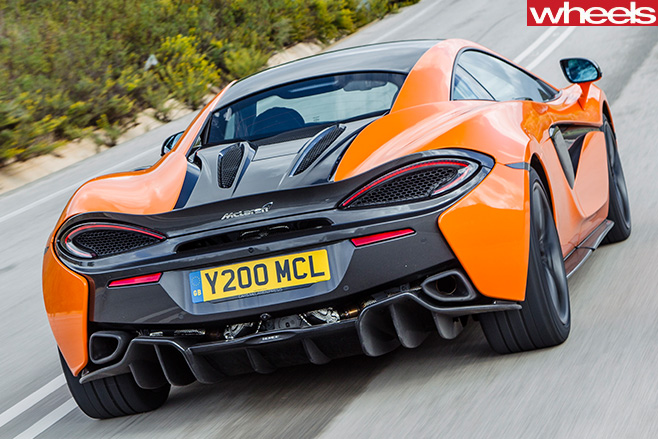
It’s hard to argue with the numbers, though. The ‘Mini Mac’ will demolish 100km/h in 3.2sec, see 200km/h in 9.5sec, blitz through the quarter mile in 10.9sec, and keep going to 328km/h. That’s 204mph in the old money, which is a senior mark, vanity mirrors and superior foot swing notwithstanding.
You’ll feel the car’s lack of downforce above 250km/h, the 570S jinking in crosswinds, the steering chatting back at you like an old 911, but that only adds to its character.
And make no mistake, this is a vehicle with a clear identity. It’s anything but a ‘650S lite’. In making the 570S more accessible, less focused on the pointless pursuit of metrics, McLaren has built a subjectively better car. Better because you could conceivably use this every day and enjoy it. Better because it doesn’t take itself too seriously and delivers a buzz without having to dial hugely illegal numbers onto the clock.
By creating something less stereotypically McLaren, Woking might have built its best road car yet. We didn’t quite know what to expect of the 570S, but we didn’t expect that. McLaren will take its wins however they appear and the initially unfancied 570S looks to have “winner” written all over it.
Footsteps of Senna
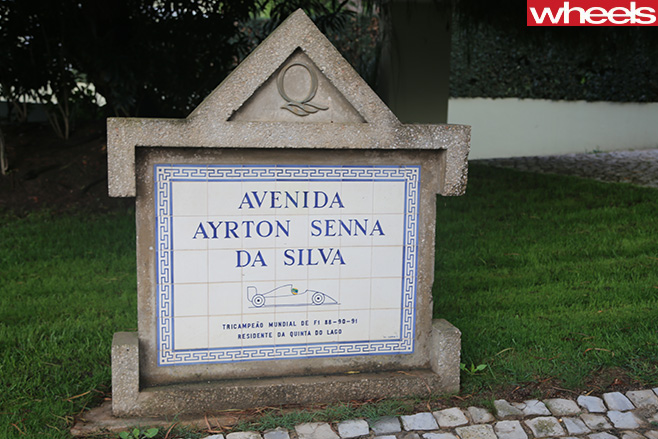
Light and shade
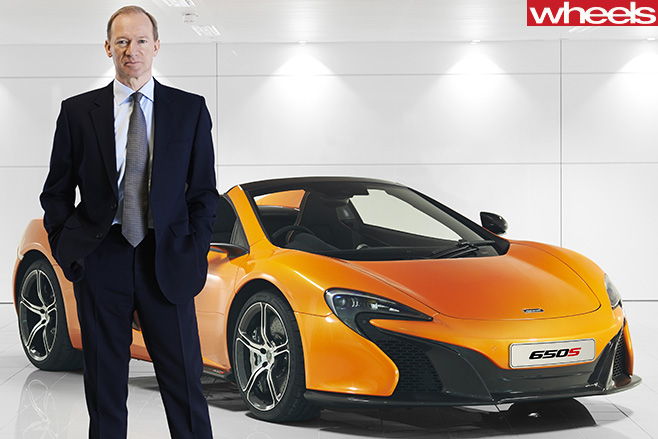
Port out
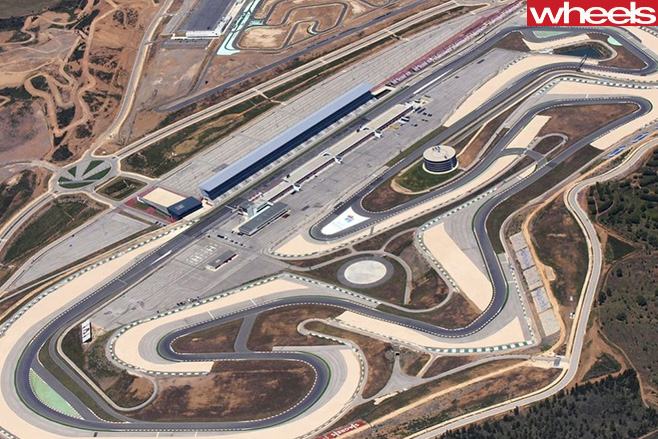
SPECS Model: McLaren 570S Coupe Engine: 3799cc twin-turbo V8, 32v Max power: 419kW@ 7400rpm Max torque: 600Nm @ 5000-6500rpm Transmission: 7-speed dual-clutch automatic Weight: 1313kg 0-100km/h: 3.2sec Fuel economy: 10.7L/100km (combined) Price: $379,000 On sale: January 2016






